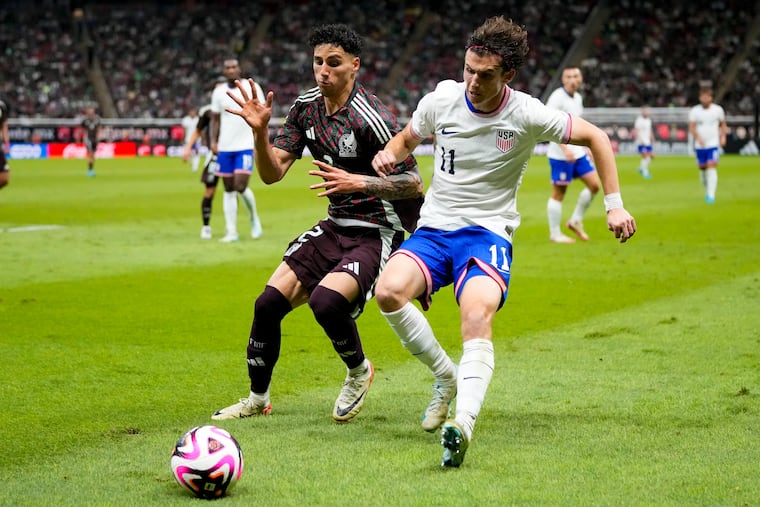U.S. Soccer’s CEO wants USMNT games to be ‘huge events’ leading up to the 2026 World Cup
“We want to play in the biggest stadiums possible, in front of the most people possible," JT Batson says — and that could include Lincoln Financial Field.

“We want to play in the biggest stadiums possible, in front of the most people possible," JT Batson says — and that could include Lincoln Financial Field.
